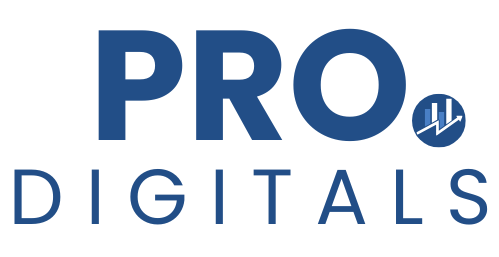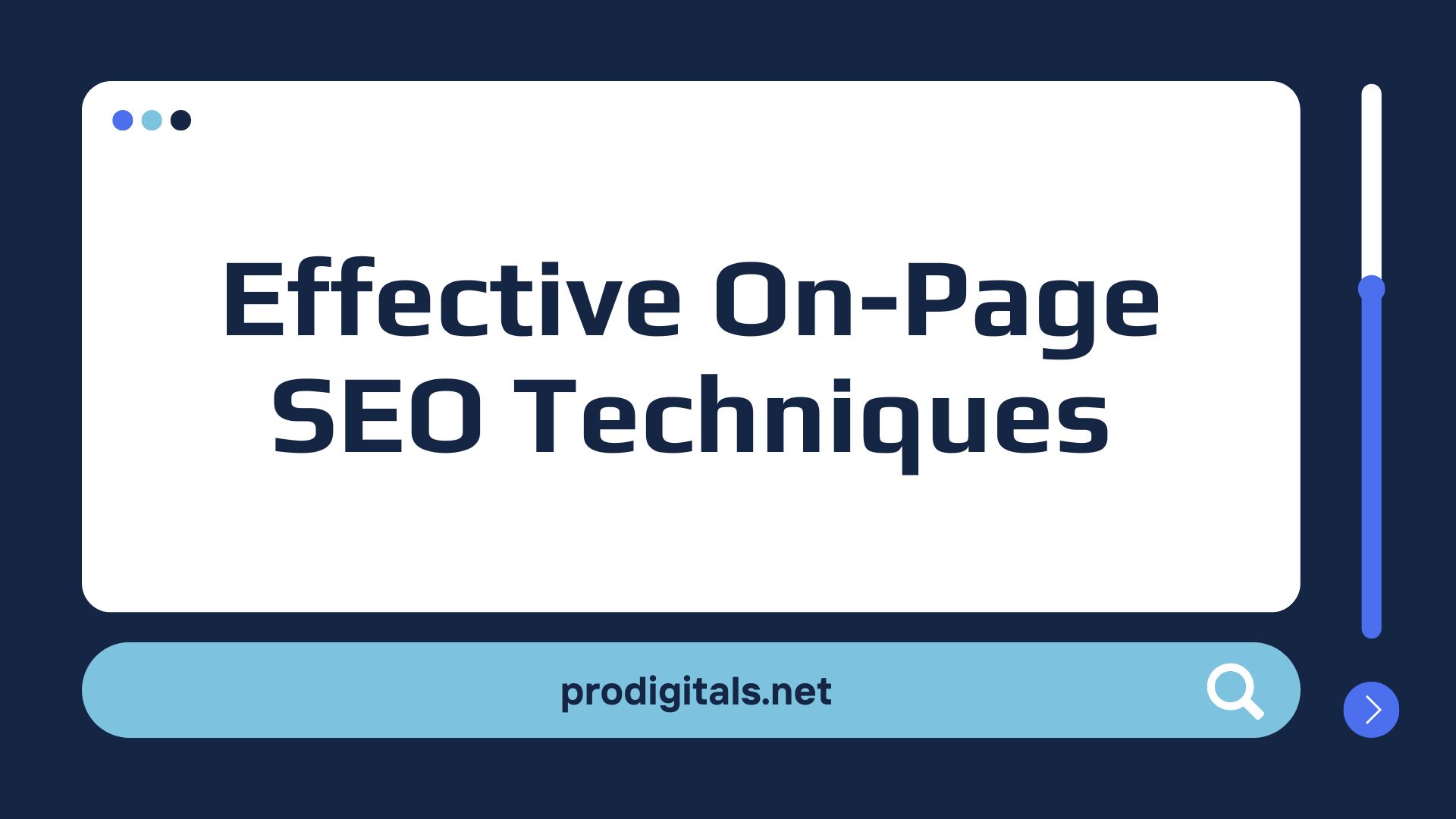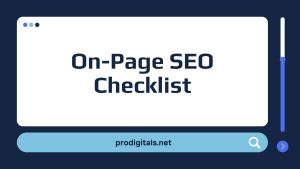On-page SEO isn’t just a buzzword—it’s the foundation of every high-ranking website. Without it, even the most brilliant content can vanish into the digital abyss. Unlike off-page SEO, which relies on external signals like backlinks, on-page SEO techniques are entirely within a webmaster’s control. They dictate how search engines interpret a site, how users engage with it, and ultimately, whether it climbs the rankings or gets buried on page five.
But here’s the catch: Google’s algorithm evolves constantly. What worked in 2015 won’t cut it today. To stay ahead, websites must adapt to modern on-page SEO factors—structured data, mobile-first indexing, and user experience (UX) signals.
This guide isn’t just another rehashed list. It’s a comprehensive breakdown of actionable strategies, common pitfalls, and a foolproof on-page SEO checklist to ensure every page performs at its peak.
What Is On-Page SEO? (And Why It’s Non-Negotiable)
On-page SEO refers to the optimizations made directly on a website to improve its search engine visibility. Think of it as fine-tuning a car engine—every adjustment impacts performance.
The Core Components of On-Page SEO
- Content Optimization – Crafting valuable, keyword-rich content that answers user queries.
- Technical Tweaks – URL structures, meta tags, schema markup, and site speed.
- UX Enhancements – Readability, mobile responsiveness, and intuitive navigation.
Unlike off-page SEO (which depends on backlinks and social signals), on-page SEO is entirely within a webmaster’s control. Ignoring it is like opening a store with no signage—people might stumble in, but they won’t stay long.
Key On-Page SEO Factors You Can’t Afford to Overlook
1. Strategic Keyword Research & Placement
Keywords are the compass guiding search engines to your content. But stuffing them like a Thanksgiving turkey? That’s a one-way ticket to penalty-land.
Where to Place Keywords for Maximum Impact
- Title Tag – The holy grail of on-page SEO. Keep it under 60 characters and front-load the primary keyword. Example:
- ✅ “Best On-Page SEO Techniques for Higher Rankings (2025 Guide)”
- ❌ “SEO Stuff You Should Know About”
- Meta Description – While not a direct ranking factor, a compelling meta description boosts click-through rates (CTR). Stick to 150-160 characters.
- Headers (H1, H2, H3) – Use keywords naturally. Avoid robotic repetition.
- First 100 Words – Search engines prioritize early content. Hook readers—and algorithms—fast.
Pro Tip: Tools like Ahrefs, SEMrush, and Google Keyword Planner uncover high-intent keywords. But don’t just chase search volume—analyze user intent.
2. Content That Goes Beyond the Surface
Google rewards depth. A 300-word fluff piece won’t compete with a 2,000-word masterclass.
How to Craft Unbeatable Content
- Answer Every Possible Question – If you’re writing about “best coffee makers,” don’t just list models. Discuss brewing methods, maintenance, and even the psychology of caffeine addiction.
- Break It Up – Walls of text scare readers. Use:
- Short paragraphs
- Bullet points
- Subheadings
- Images and infographics
- Originality Matters – Even common topics need a fresh angle. Data, case studies, and personal anecdotes work wonders.
Fun Fact: The average first-page Google result contains 1,447 words. Skimp on word count, and you’re handing traffic to competitors.
3. URL Structure: Keep It Clean & Keyword-Optimized
A messy URL is like a confusing street address—people get lost.
✅ Good: yoursite.com/on-page-seo-checklist
❌ Bad: yoursite.com/post?id=123&category=seo-stuff
Best Practices:
- Use hyphens (not underscores).
- Keep it short and descriptive.
- Include the primary keyword.
4. Internal Linking: The Unsung Hero of SEO
Internal links guide users—and search engines—through a site’s hierarchy.
How to Link Like a Pro
- Use Descriptive Anchor Text – Instead of “click here,” try “check out these on-page SEO techniques.”
- Link to High-Authority Pages – Boost older posts by linking from newer content.
- Avoid Overlinking – Too many links dilute SEO value and annoy readers.
Bonus: Broken links hurt SEO. Tools like Screaming Frog or Broken Link Checker help spot them—and once you’ve cleaned them up, use the opportunity to apply these internal linking examples to strengthen your site’s SEO.
5. Image Optimization: Speed & Accessibility
Unoptimized images slow pages down—a death sentence in the age of zero patience.
Optimization Checklist
- Compress Images – Tools like TinyPNG or Squoosh reduce file size without sacrificing quality.
- Use Descriptive File Names –
blue-coffee-maker.jpgbeatsIMG_0042.jpg. - Add Alt Text – Helps visually impaired users and boosts SEO.
Did You Know? Pages with images get 94% more views than text-only content.
6. Mobile-Friendliness: Google’s #1 Priority
Since 2019, Google uses mobile-first indexing. If your site isn’t responsive, rankings suffer.
Quick Test: Use Google’s Mobile-Friendly Test.
7. Page Speed: Because Nobody Waits Anymore
A one-second delay can drop conversions by 7%.
Speed Fixes
- Enable browser caching.
- Minify CSS and JavaScript.
- Use a Content Delivery Network (CDN).
Tool Recommendation: Google PageSpeed Insights or GTmetrix for diagnostics.
8. Schema Markup: The Secret Weapon for Rich Snippets
Schema markup helps search engines understand content better.
Examples:
- Recipe Schema – Displays cooking time and ratings in search results.
- FAQ Schema – Shows Q&A directly on SERPs.
Result? Higher CTR without extra effort.
The Ultimate On-Page SEO Checklist (2025 Edition)
Before hitting “publish,” run through this on-page SEO checklist:
✔ Title Tag – Includes primary keyword, under 60 characters.
✔ Meta Description – Engaging, under 160 characters.
✔ Headers – Keyword in H1, naturally placed in H2/H3.
✔ Content – Comprehensive, original, well-structured.
✔ URL – Clean, keyword-optimized.
✔ Internal Links – Relevant, descriptive anchor text.
✔ Images – Compressed, alt text included.
✔ Mobile-Friendly – Responsive design.
✔ Page Speed – Fast load times.
✔ Schema Markup – Implemented where relevant.
✅ Tip: This list covers the essentials, but on-page SEO evolves fast. For a deeper dive, don’t miss the full On-Page SEO Checklist for 2025—packed with advanced tips, examples, and updated best practices.
Common On-Page SEO Mistakes (And How to Avoid Them)
Even experts slip up. Here’s what to watch for:
- Keyword Stuffing – Google’s algorithms detect unnatural repetition. Write for humans first.
- Ignoring User Intent – If searchers want quick answers, don’t bury them in a novel.
- Skipping Meta Descriptions – Google might rewrite them, but why risk a bland result?
- Broken Links – They frustrate users and harm SEO. Audit regularly.
Final Word: SEO Is a Marathon, Not a Sprint
On-page SEO isn’t a one-time task—it’s an ongoing process. Google’s algorithm changes, competitors adapt, and user behavior shifts.
Stay curious. Test often. And remember: the best on-page SEO techniques balance technical precision with human-centric content.
Now, go optimize. 🚀




